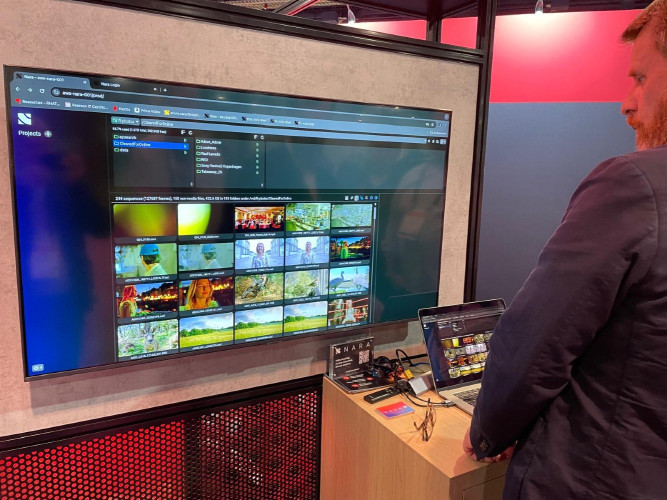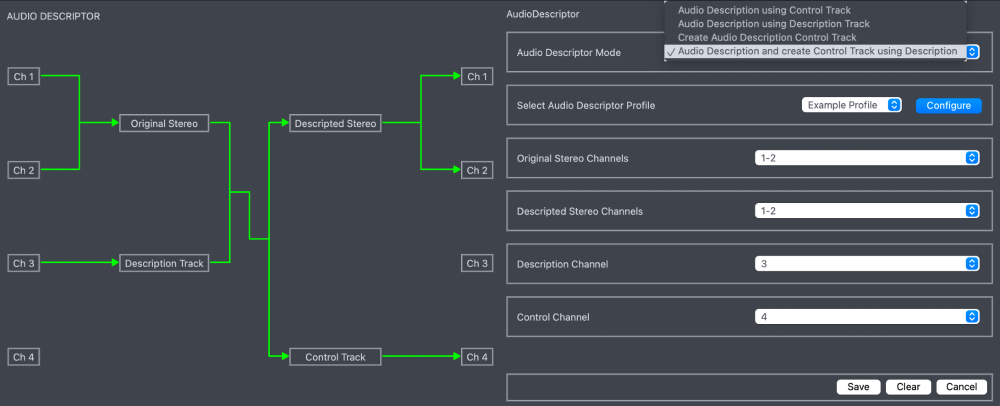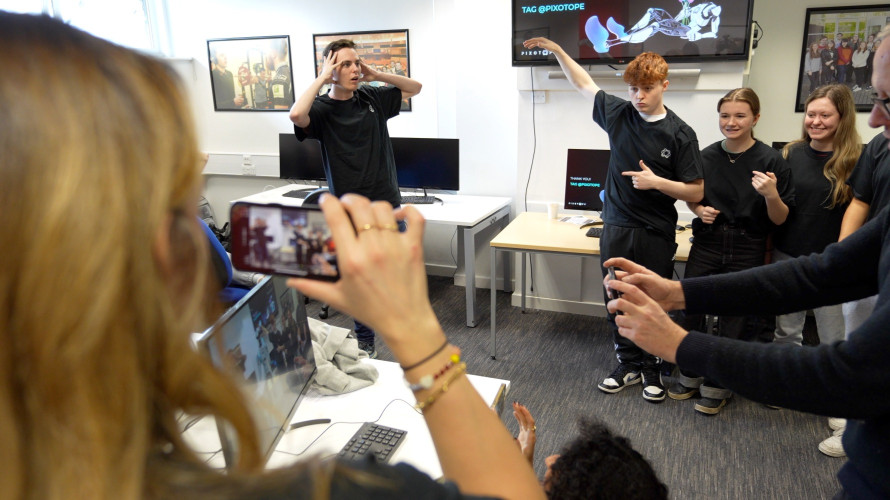The evolving face of post production

Author: Will Strauss#
Published 1st February 2013
By Will Strauss
In the latter half of 2012, Assimilate made an interesting announcement about payment options for its Scratch and Scratch Lab software products. Instead of buying a license outright, it said, now you can choose to simply rent either of these Digital Intermediate (DI) ‘dailies’ tools for any period of time from a single day to three months. They call it pay-as-you-use. I’m going to stick with renting or hiring.
Available through the Assimilate store and purchased with just a credit card or PayPal account these rented applications are said to provide “financial flexibility to artists in a constantly evolving production and post-production landscape, making them more productive and helping them make money.”
Clever, if not entirely unique, Assimilate’s model reflects post-production’s current reliance on individual artists and technicians that work remotely on location, on-set or near set as often as they do in a good old fashioned bricks and mortar post house. It’s a move that’s been brought about, in the main, by the transition to file-based cameras and, as such, it’s not likely to be going away anytime soon.
One of the upshots of this move is that, in the year 2013, post-production facilities no longer employ the vast numbers of people that they used to. With dwindling budgets and the general peaks-and-troughs nature of post work to also contend with, you can now see both staffers and freelancers operate where the workflow requires them. And sometimes that is Soho. And sometimes it isn’t.
It’s got to the stage now that, in some cases, facilities don’t even have full-time creative staff at all, just in-house engineering capabilities, while others don’t even house kit. In that second scenario they manage it on someone else’s behalf on their premises or, again, on location or on set. The post producer still works closely with a producer. But the relationship is a lot more streamlined than the post production ‘hotels’ of the 1990s and early 2000s with their expensive systems, hero suites, high ceilings and hot and cold running runners.
Incidentally I’m not saying there isn’t room for runners and high ceilings. There is still a need for them and several facilities do very well working in that way. But not everyone can run a business like that because it’s expensive and not all programme genres require that type of service.
The pay-as-you-use software model is in part a reaction to these changes. For just $150 (£92) a day you can now use Scratch to create dailies, do a conform, complete a colour grade or do some compositing. It takes a lot of the financial pressure off either the post-house or the freelance post professional who now has to work in a completely different way to how he or she did 10 years ago.
You can see other examples creeping in too. Adobe’s Creative Cloud apps - which include Speedgrade, Premiere and After Effects – for example are available as a one-year or month-to-month ‘membership’.
Having rattled on about renting kit for the last 462 words, however, it’s hardly a new phenomenon is it? Most other things in the TV industry – cameras, crew, OB trucks and traditional edit suites – are hired. Why not software?
I remember back in 2005 Quantel offered a Pay-As-You-Go option for its eQ system that allowed users to upgrade from SD to HD at the flick of a switch. The higher resolution capabilities, if I remember correctly, were installed but you needed a paid-for key to access them and you could do so on a weekly or monthly basis, as each HD job arrived.
It clearly hasn’t caught on in a big way though. So I did a Google search to see what other products are available like this (or in a similar fashion).
Pipeline FX's Qubel is available on a license rental basis for when you need more rendering capacity for a short period of time but don’t want to be tied in to an additional overhead once the project is complete. While GenArts's Sapphire plug-ins for After Effects and Final Cut Pro is another example. You can get the whole lot of them for just a single month if you want.
There’s definitely a trend here (albeit a small one). What is perhaps more interesting is where this mindset will lead us.
One suggestion is that post houses in the traditional sense will one day not exist at all and that almost everything will be done away from the facility using kit owned by someone else. One US firm has already pre-empted that idea with its OutPost system. Thanks to ever faster graphics cards Light Iron from California has come up with a post-production lab that you can put on set, near set or on location. It has been developed for making dailies, syncing audio, processing files for Avid or FCP and all the other things that are generally done in big buildings with huge overheads. This is not about editing on location. That’s easy. And it’s not a DIT cart. OutPost is run by a single operator and can be hired for a single day. Clever stuff.
This ‘pay-as-you-go post house’ is an idea that I can see catching on here in Blighty, and, in fact, mirrors one that a friend of mine had 15 years ago. His vision involved shipping containers filled with suites and servers being erected like a ‘pop up’ restaurant on set.
Technology has got much smaller since then but the idea remains the same: huge swathes of the post-production process do not need to be carried out in a post house and in many cases they simply cannot be. And post houses and creative types cannot afford to keep buying new kit so they need new, cheaper, more manageable financial options.
Mobile, rented, ephemeral: it’s hardly a revolution but you can see where it potentially might take post-production in the next few years.



































